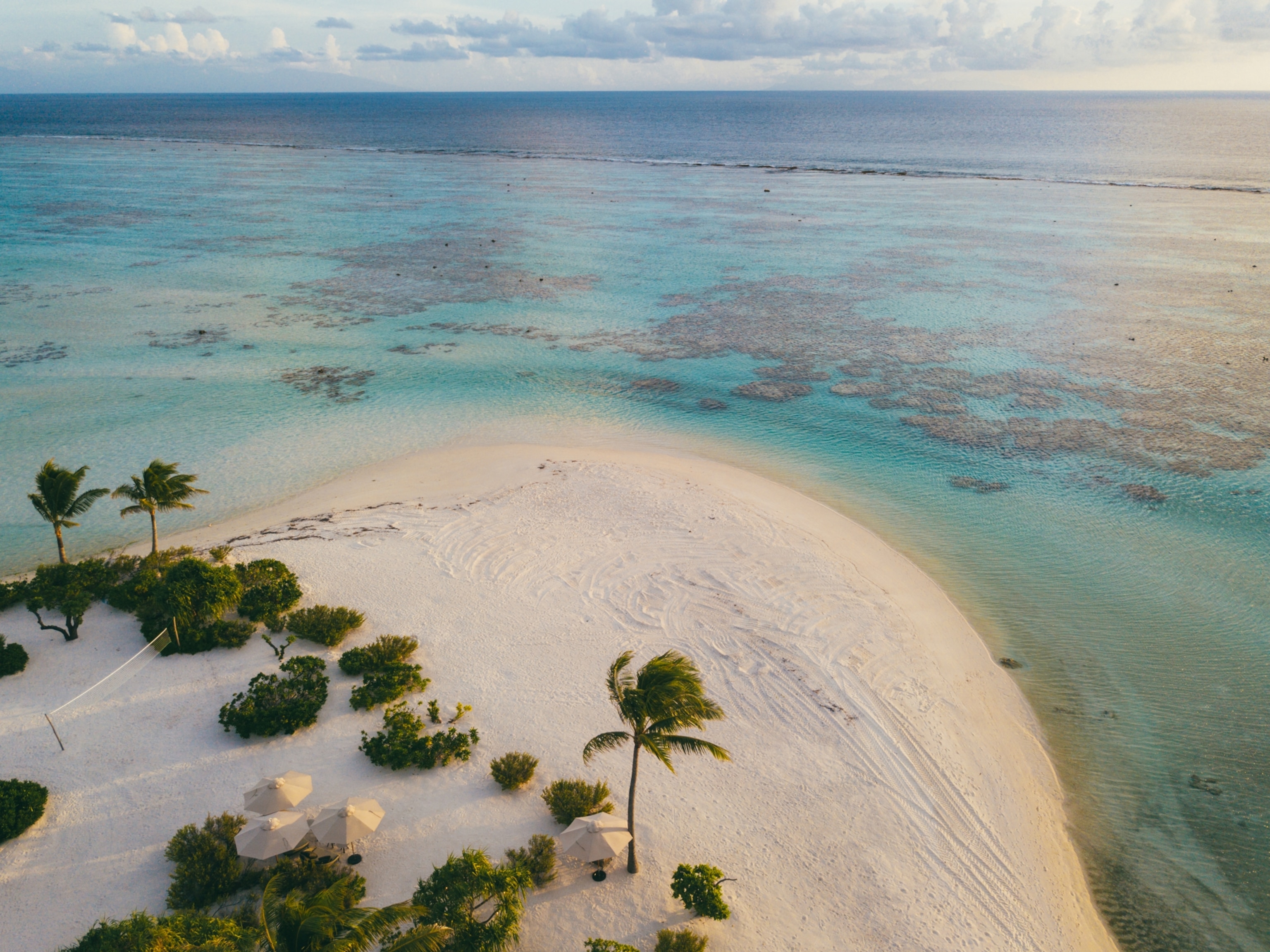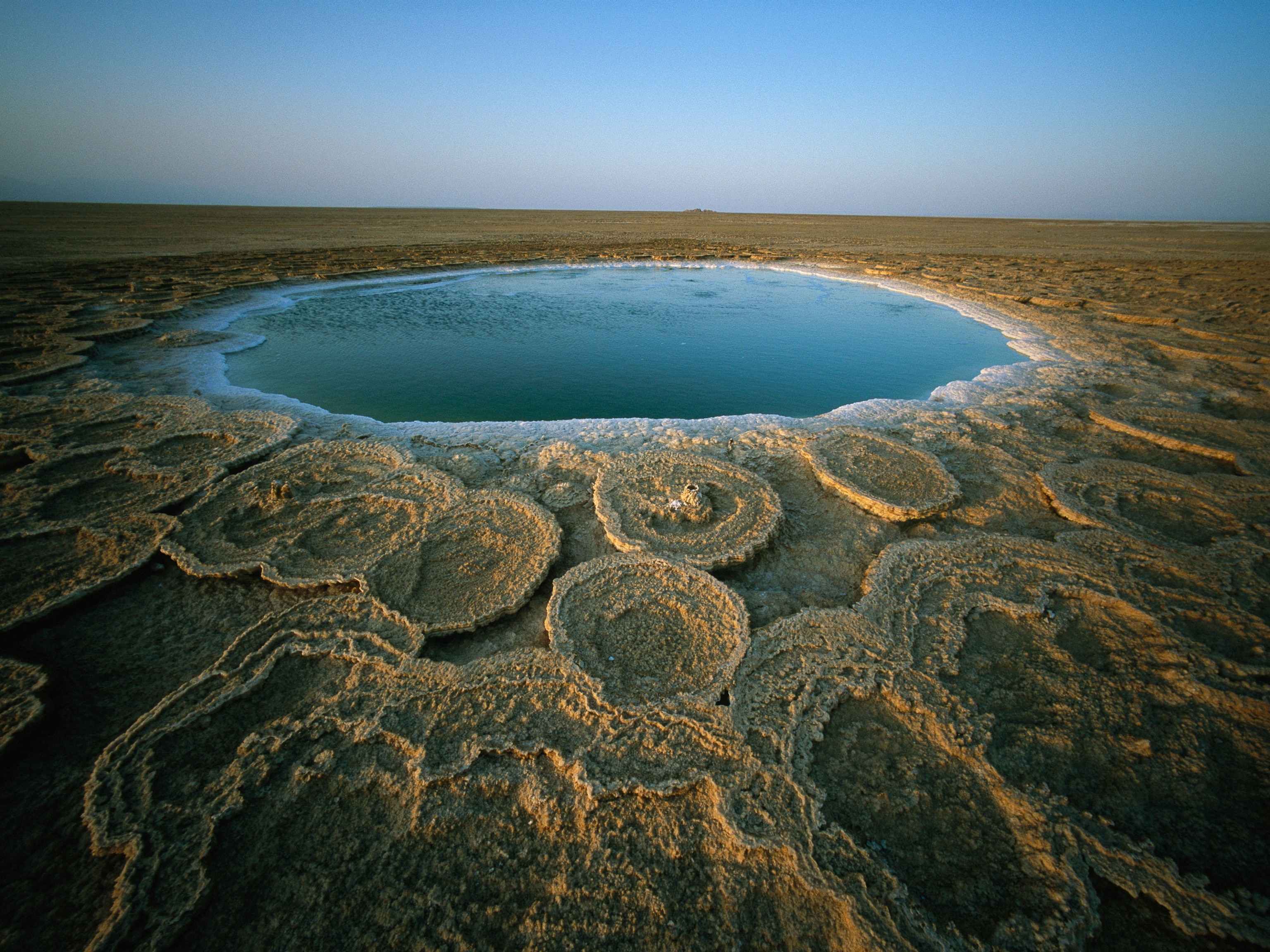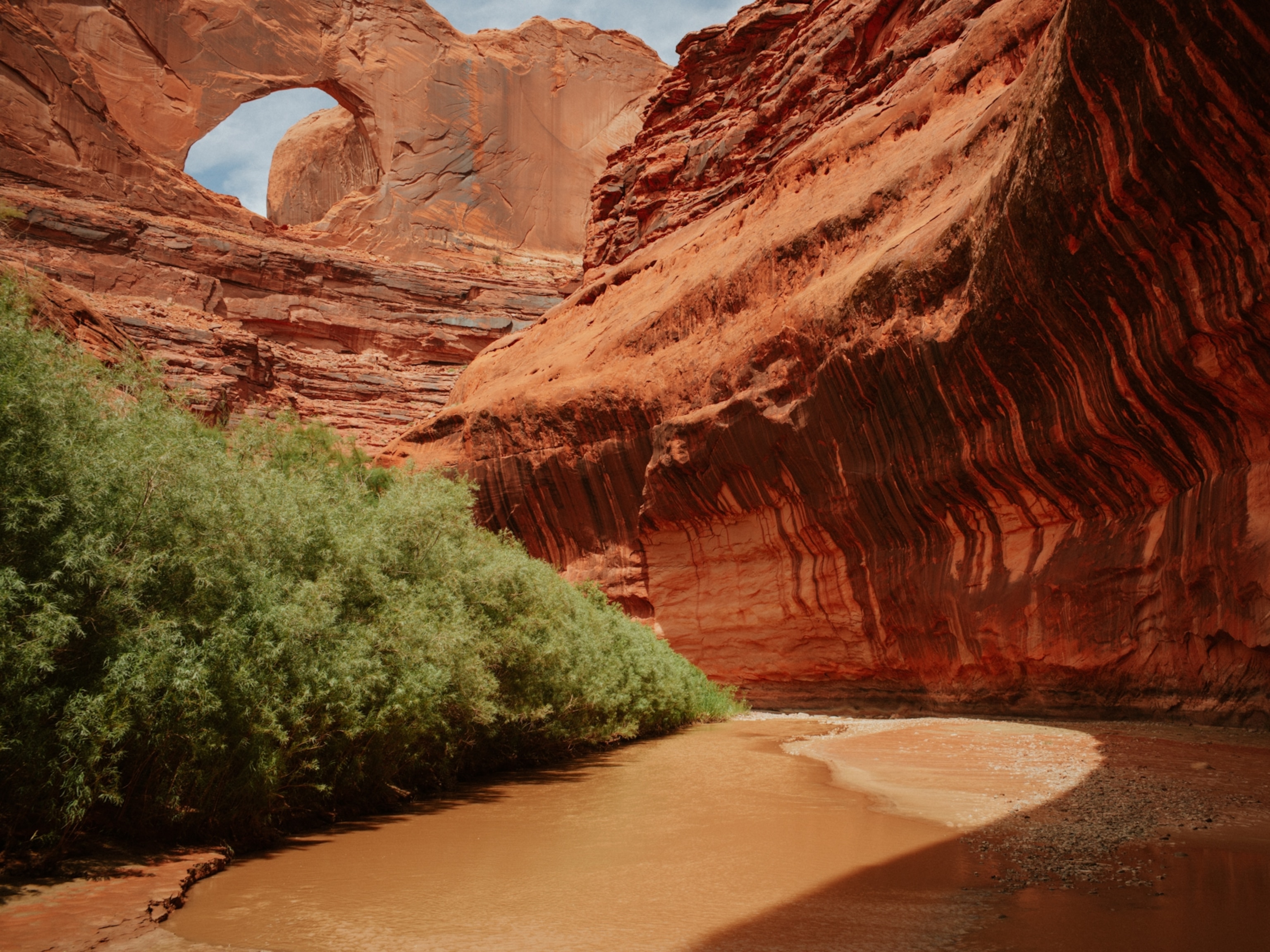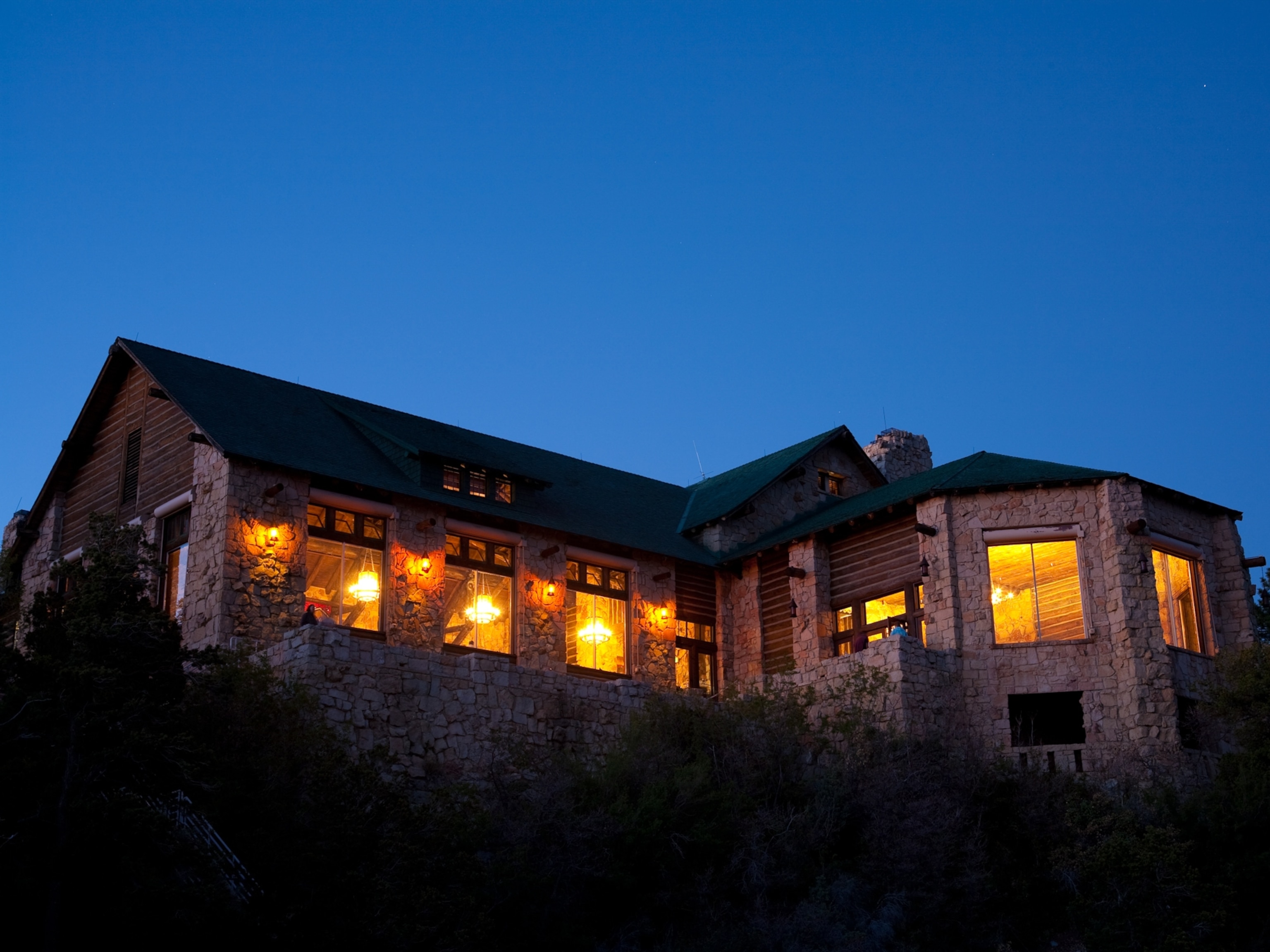Revered by the Navajo people, the awe-inspiring Canyon de Chelly National Monument east of Chinle, Arizona is a sacred and enchanting place. The park, which is administered cooperatively by the National Park Service and the Navajo Nation, encompasses a vast canyon bordered by sheer, sandstone walls. Protected within the walls are hundreds of Pueblo ruins dating from A.D. 350 to 1300. For National Geographic photographer Kirsten Luce and Samsung TeamGalaxy Creators Erika Morillo, Brian Uchiyama, and Maxwell Loewenstein, the canyon’s ethereal beauty, sweeping vistas, and ever-changing colors spark a sense of wonder and discovery.
The first time I ever came to the Southwest, I had never seen landscapes like this before. It was a formative experience.”Kirsten Luce, National Geographic photographer and photojournalist
Viewing Canyon de Chelly for the first time evokes a similar reaction for Luce, who scrambles up to overlooks and hikes down onto the canyon floor to capture the extraordinary scene from different perspectives. The spectacular canyon, which has been inhabited for thousands of years, sits entirely on Navajo Nation land. Today, Navajo families still tend to their livestock and maintain their farmland on the canyon floor, whose ground stays fertile year-round thanks to the protection of the steep sandstone walls.
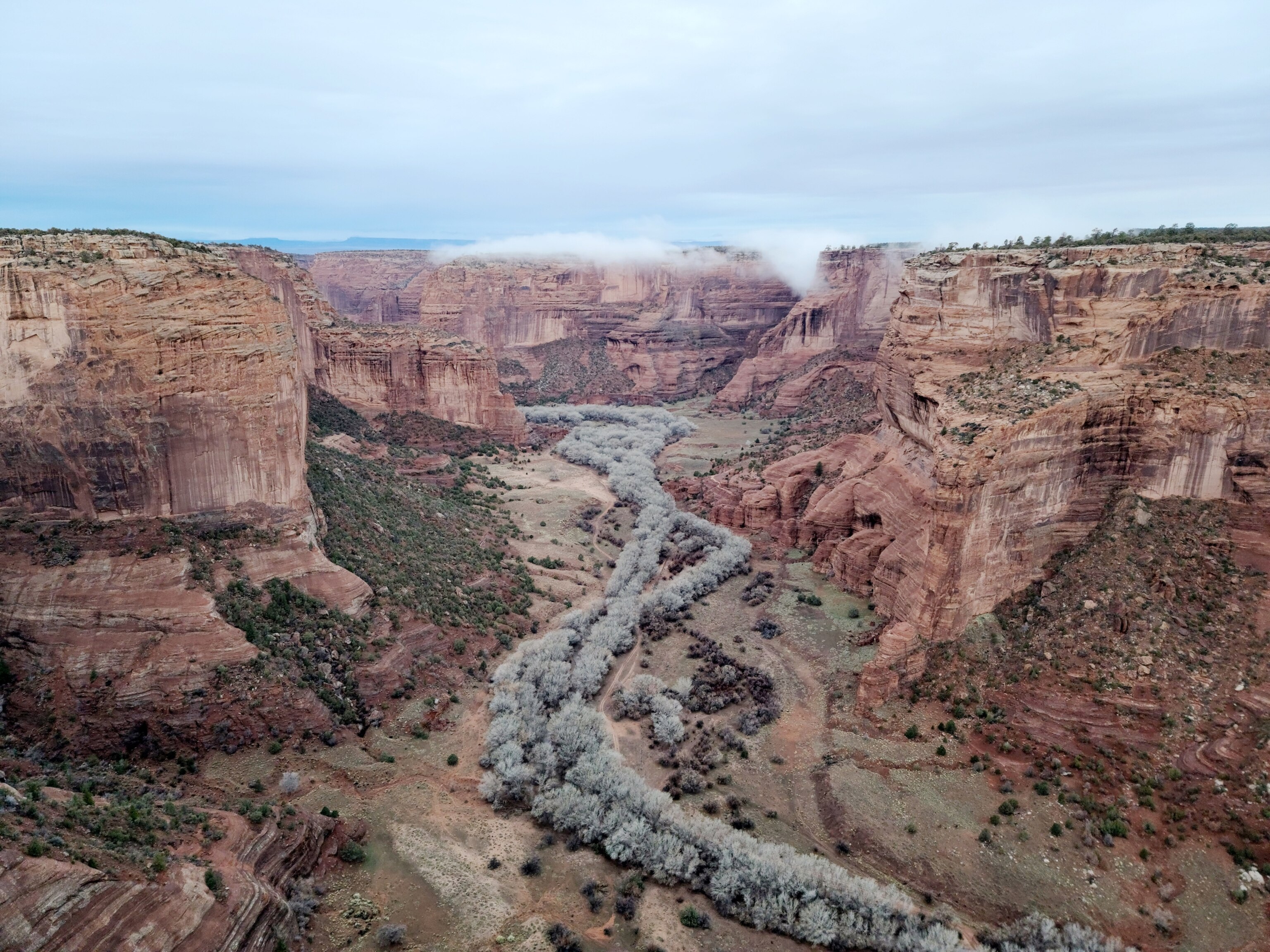
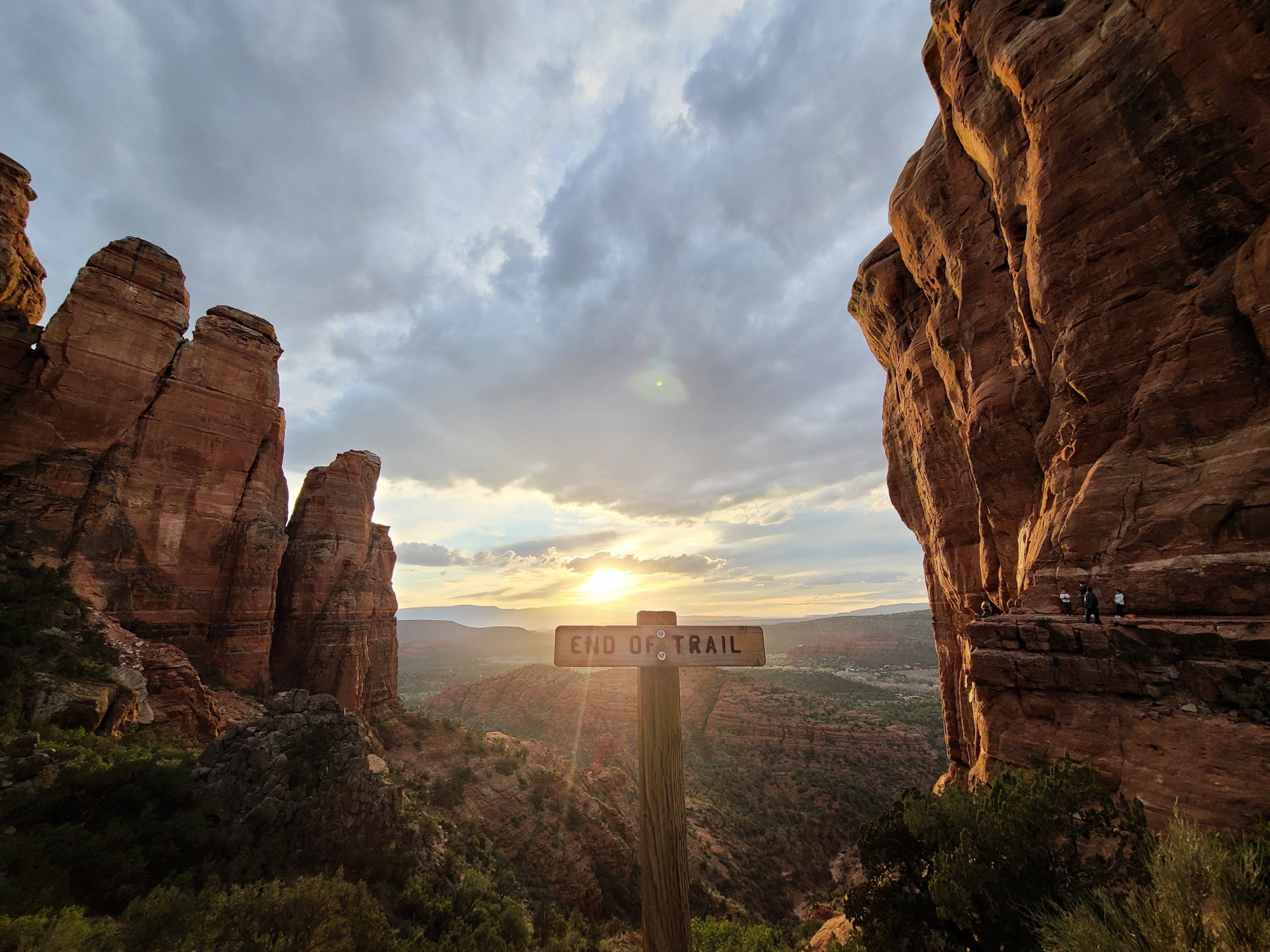
At sunset, cattle grazing on the canyon floor are barely visible from the Sliding House Overlook, one of 10 panoramic overlooks on the park’s South and North Rim Drives. Standing at the Overlook, Luce uses the Samsung Galaxy S20 Ultra 5G Space Zoom feature to capture images of the cows below the rim and then, zoom in on the color spectacle above: glowing pinks and oranges of the sunset in contrast with the last glimpses of blue in the background. "This view is so wide. It’s hard to see from here but if you zoom in, you can see the White House Ruins [in the canyon],” says Erika Morillo, admiring the Space Zoom feature.
Although the Rim Drive overlooks are accessible by car, getting the perfect shot in this rugged terrain regularly requires hiking or even horseback riding. The Galaxy S20 Ultra 5G’s Shot Stabilizer feature—which negates a photographer’s natural handshake and the need to lug around tripod—gives Luce the freedom to roam and shoot unburdened by extra gear.
The most-coveted of all the jaw-droppingly gorgeous Canyon de Chelly shots is the iconic Spider Rock spire. Towering over 700 feet above the canyon floor, the sandstone butte is named for Spider Woman, or Spider Grandmother, the powerful teacher and helper of the Navajo creation story. Just before sunrise and shortly after sunset are considered prime times to photograph the mystical spire.
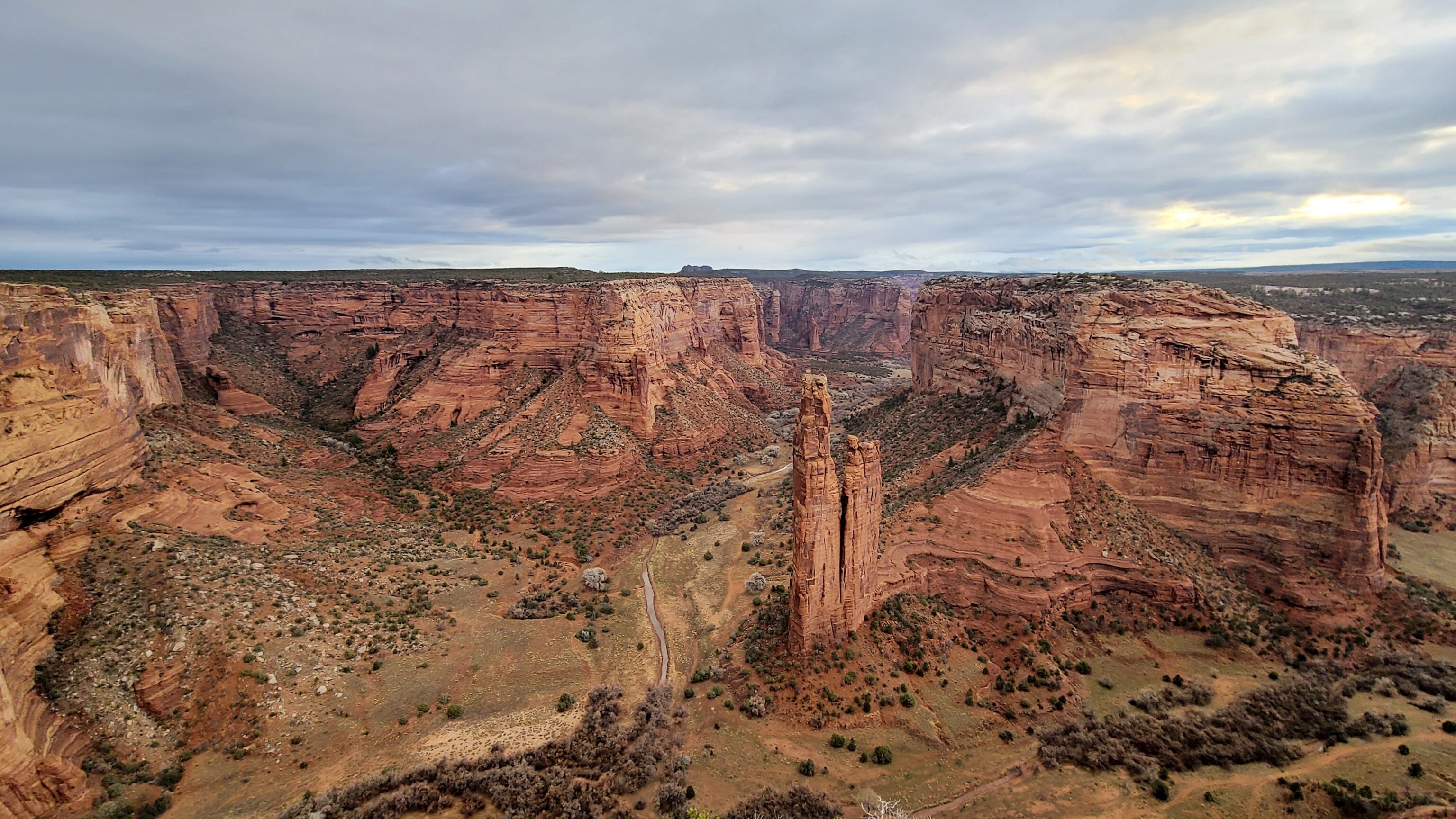
To capture both the fine details on the surface of Spider Rock and the vast expanse surrounding it, Luce creates a series of completely different, yet equally stunning images. The first series uses the Space Zoom for more defined, close-up views of Spider Rock. The second uses the Galaxy S20 Ultra 5G’s Ultra-Wide Lens to create a fuller picture of the canyon panorama; its creeks and trails beckoning Luce down into the canyon to explore—and photograph—even more.
“Sometimes getting these shots requires early mornings and a lot of trial and error,” says Luce, “but it’s always worth it to capture something beautiful.”
